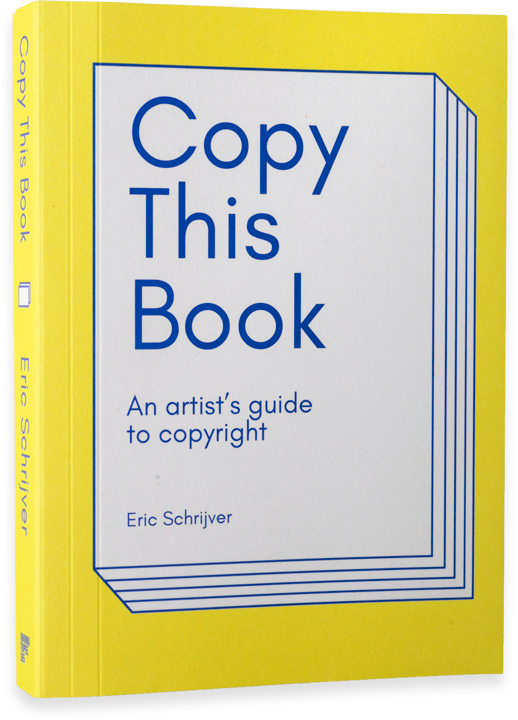Published
One person’s abortion story
So the SCOTUS struck down Roe v. Wade recently. Abortion rights are now up to the states. This is inhumane, in my opinion.
I have a lot more to say on it but lack both the time and the clarity of mind to articulate the injustice. In lieu of that, I wanted to record this post on LinkedIn, shared with me by Sam. I don’t love LinkedIn generally, but I think it is a hell of a brave place to share an abortion story.
Unfortunately, after an agonizing wait, both my blood tests and CVS (large needle to sample the placenta for abnormalities) confirmed a devastating chromosomal issue. If you have a strong constitution, feel free to look up Trisomy13 on Wikipedia. Median survival after birth is 12.5 days, and the prognosis is pretty awful beyond that. Neither my OB nor genetic counselor had ever had a patient continue with such a pregnancy, so I scheduled my termination.
There’s an important call out here. My life was NOT in danger. I simply cannot fathom being forced to have continued with this pregnancy, knowing all along that I would have to give birth to a child that would die. I would never judge someone else who chose that path, but the mental toll on me and my family – and the thought of suffering for the baby – it didn’t even register as a choice for me.
This is one person’s abortion story.
According to the report “Seeing the Unseen: The case for action in the neglected crisis of unintended pregnancy” by the United Nations Population Fund published this year, it is likely that nearly half of of all pregnancies worldwide are unintended.
Her story is one among billions.
Related point: There is nothing in the Constitution preventing discrimination on the basis of one’s sex. The Equal Rights Amendment would fix this. It has already been ratified by 38 states and passed by both the House and the Senate. One of the only things holding it back is a minor clause in the introduction that it should have been passed within seven years. In my opinion, and in many others’, major legislation like this should take a long time. Seven years is a ridiculous limitation.
If you live in the US, write to your senators now and urge them to dissolve the time limit for the ratification of the Equal Rights Amendment. The House already did it in March of last year.
You can learn more about the Equal Rights Amendment on eracoalition.org.
Visit senate.gov to easily find your senators’ contact information.
